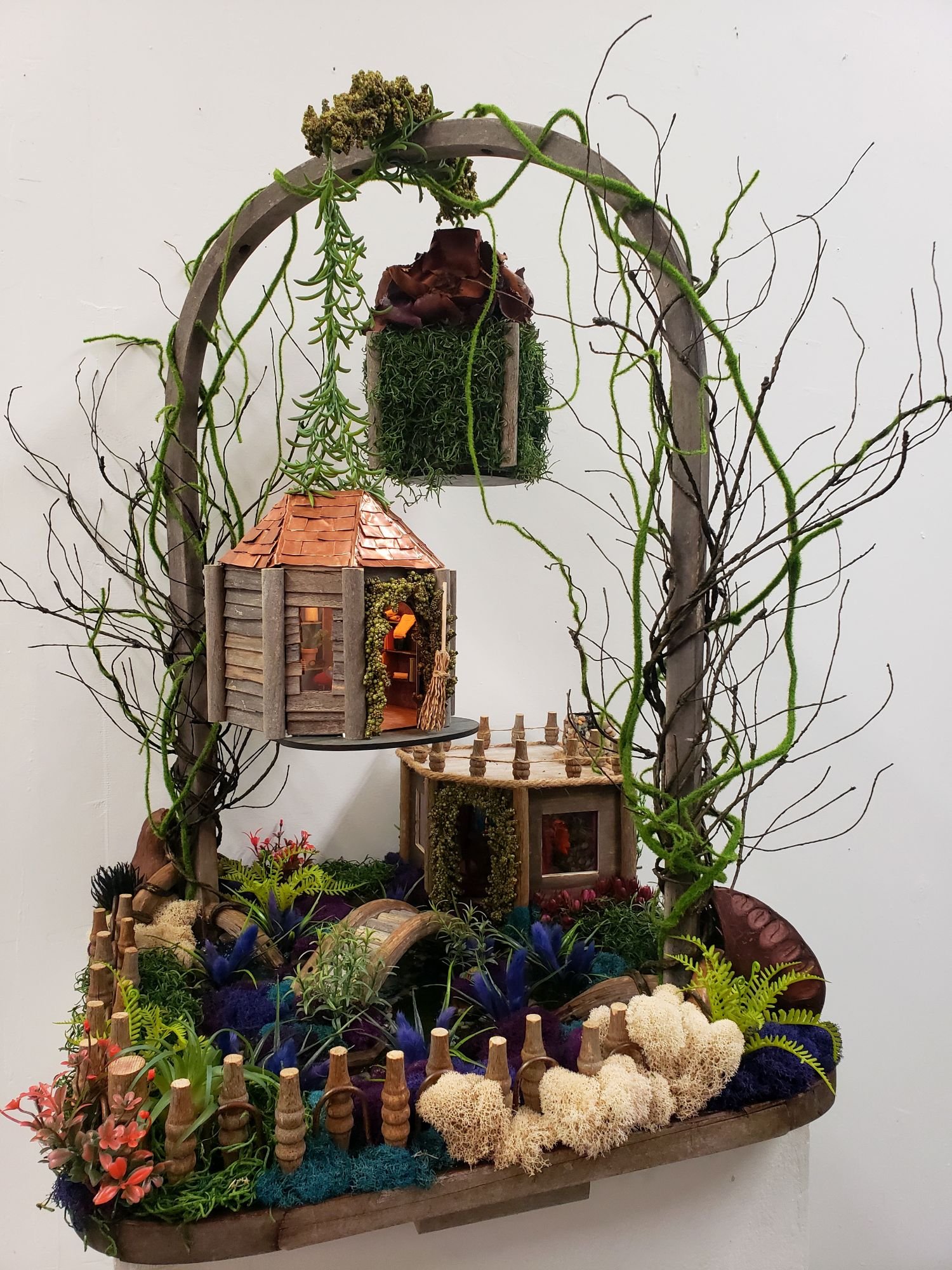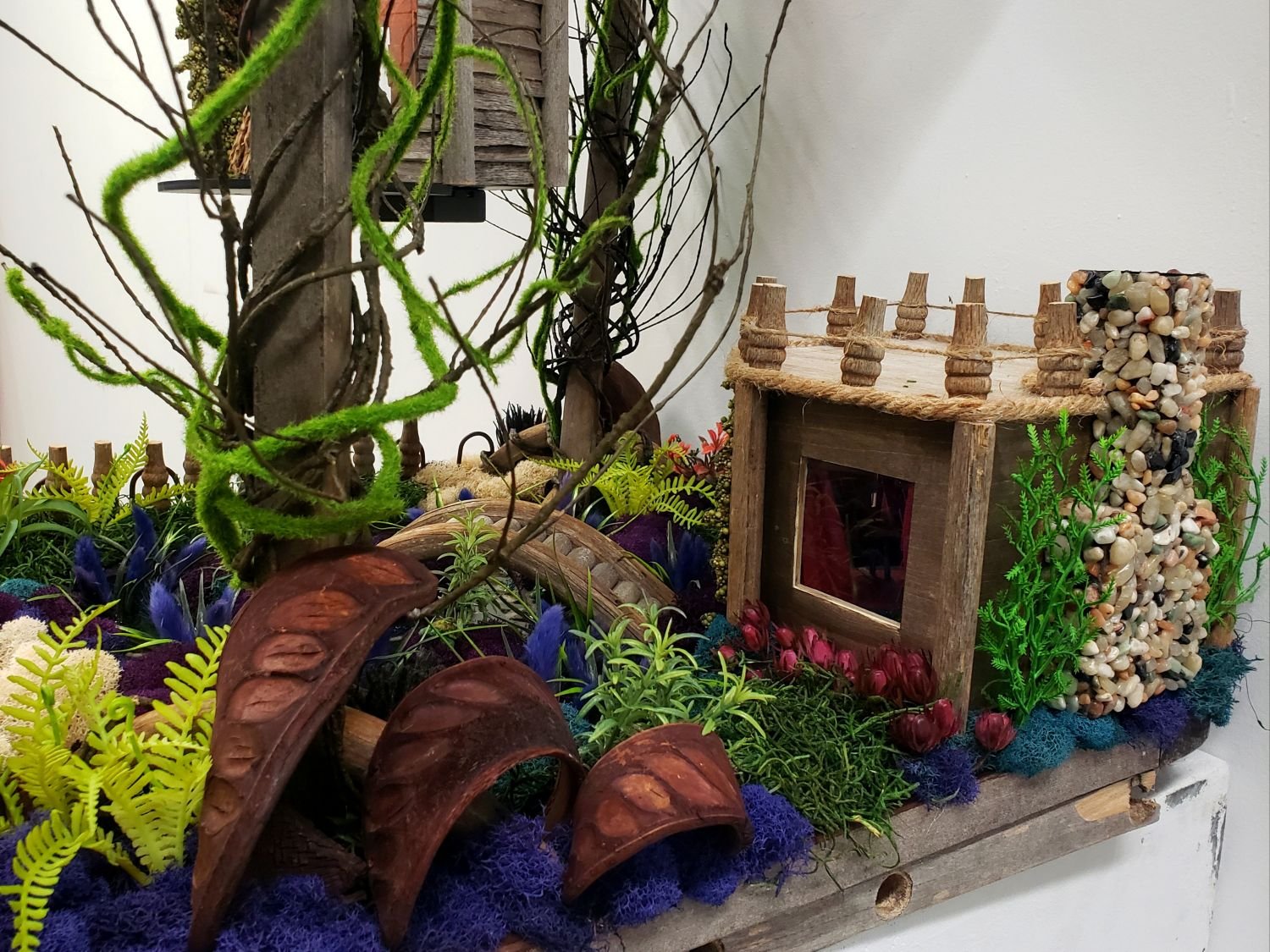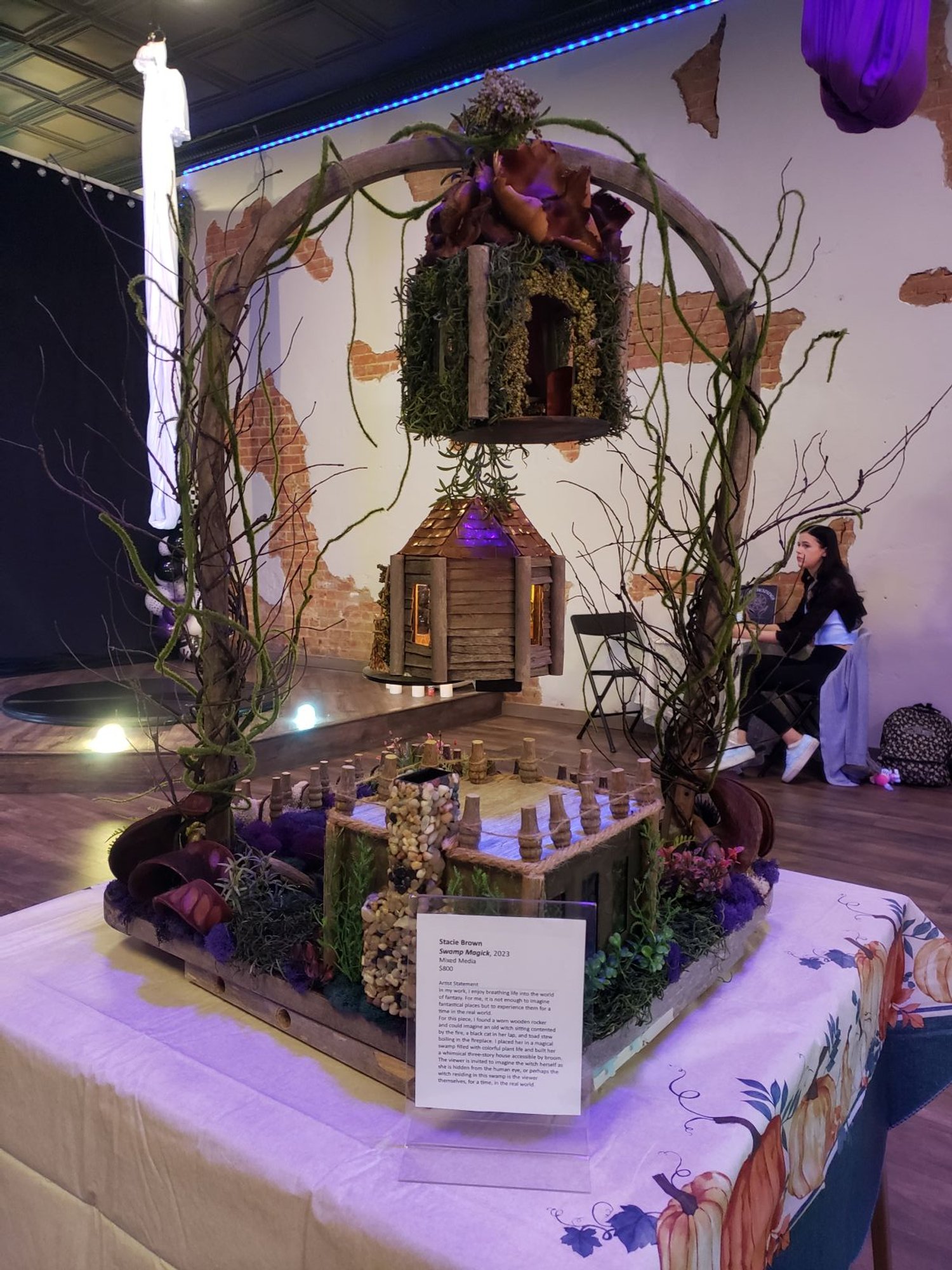



















Bringing Form to Life
3D art is the realm where imagination and spatial awareness converge, transforming the two-dimensional world into a fully realized, tactile experience. Whether through sculpture, installation art, or other dimensional works, 3D art adds depth, movement, and interaction to the artistic narrative, inviting viewers to experience art from multiple perspectives.
At its essence, 3D art is about creating form and volume, breaking free from the confines of flat surfaces and bringing shape into the physical world. This medium allows the artist to manipulate materials in three-dimensional space, from clay, metal, wood, and found objects to textiles, resin, and more. The result is an artwork that can be experienced from all angles, engaging the viewer's sense of space, touch, and perspective.
The power of 3D art lies in its ability to evoke a deeper, more immersive interaction. Whether sculpting figures, constructing abstract forms, or creating large-scale installations, artists have the freedom to explore depth, texture, and scale in ways that are not possible in 2D media. The tactile nature of 3D art invites the viewer to engage physically, exploring surfaces, contours, and spaces in a way that creates a lasting sensory experience.
3D art also has the unique ability to convey movement, transformation, and change. Artists can manipulate space and time through dynamic sculptures or installations that evolve as the viewer moves around them. The physicality of 3D art invites constant discovery, offering new details and perspectives with each shift in viewpoint, turning the artwork into an ongoing, ever-changing dialogue between the artist, the piece, and the observer.
Moreover, 3D art often transcends the boundary between art and environment, where the work becomes a part of the space it occupies. Installation art, for example, transforms the space it inhabits, turning a room, gallery, or public space into an immersive experience. This blending of art with the environment challenges the traditional separation between the artwork and its context, expanding the artist's narrative into the world around it.
Ultimately, 3D art is about taking creative concepts and giving them form, allowing the artist to bring their vision into the tangible world. It is a medium that invites interaction, discovery, and a deeper connection to the artwork, offering a dynamic way to express ideas, emotions, and stories in a three-dimensional reality.